For organized people, organization comes as naturally as breathing. Their homes are tidy and clean, they never miss appointments or forget birthdays, and they waltz through life unbothered and calm.
For the rest of us, organization is a far-off dream.
Thankfully, organization is a soft skill that can be learned and practiced.
If you’re stuck repeating habits that leave your spaces cluttered and your schedule chaotic, you need to change how you approach organization.
In this guide, you’ll learn how to get organized by tackling one area of your life at a time.
Why you’re unorganized
So, what’s holding you back from your goals? What’s derailing your progress month after month?
If you’re chronically unorganized, the following behaviors are the most likely culprits:
You have bad habits
Chances are, you aren’t making conscious decisions to be as unorganized as possible. You just have bad habits and don’t know how to break them.
Habit loops follow a distinct cue, craving, response, and reward pattern. In his book Atomic Habits, James Clear says the key to breaking bad habits is learning to disrupt the cue — the thing that triggers the behavior you want to change.
You have a lack of supportive systems
Unfortunately, your willpower is a finite resource. You can’t become organized by wanting it badly enough; you need to have systems that make it easy for you to stay organized even when you’re exhausted.
With the proper habits, tools, and daily routines, you can stay organized at work and at home without running yourself ragged.
Your focus is constantly disrupted
Keeping your time organized is hard when you’re constantly interrupted by notifications, in-office colleagues, or family and pets if you work from home.
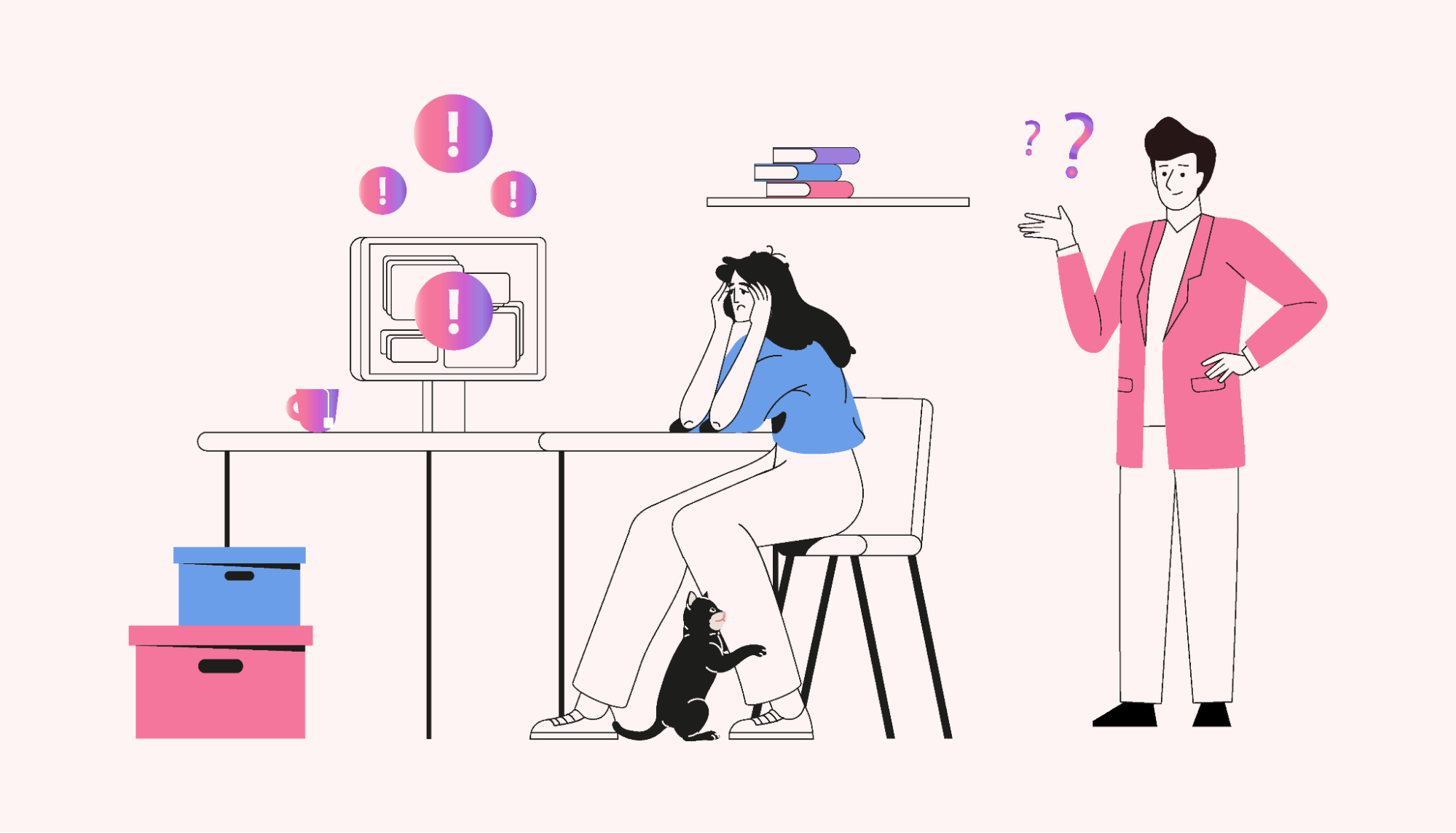 |
A study on the effects of task interruptions caused by notifications found that removing notifications has a positive effect on your productivity and reduces work-related strain.
You’re overpromising your time
If you’re overscheduled and overworked, there’s little chance you’ll stay organized for long. There comes a point where you physically can’t do more in a day.
Saying no to things is hard, not just because you don’t want to disappoint people. It’s also hard to say no to opportunities, something you’d enjoy doing, and extra money.
You’re over-complicating the process
Staying organized shouldn’t be complicated. If putting your clean laundry away is a complex, 30-step process, you’ll never do it. If you have 17 different organization apps, you will get overwhelmed whenever you open your phone.
The keys to organization are simplicity and ease.
How to organize your physical spaces
Your physical spaces have a significant effect on your ability to focus and on your mental state. Keeping your home and office tidy and organized helps you feel calm and ready to tackle work or home responsibilities.
Here are some simple ways to organize your physical spaces:
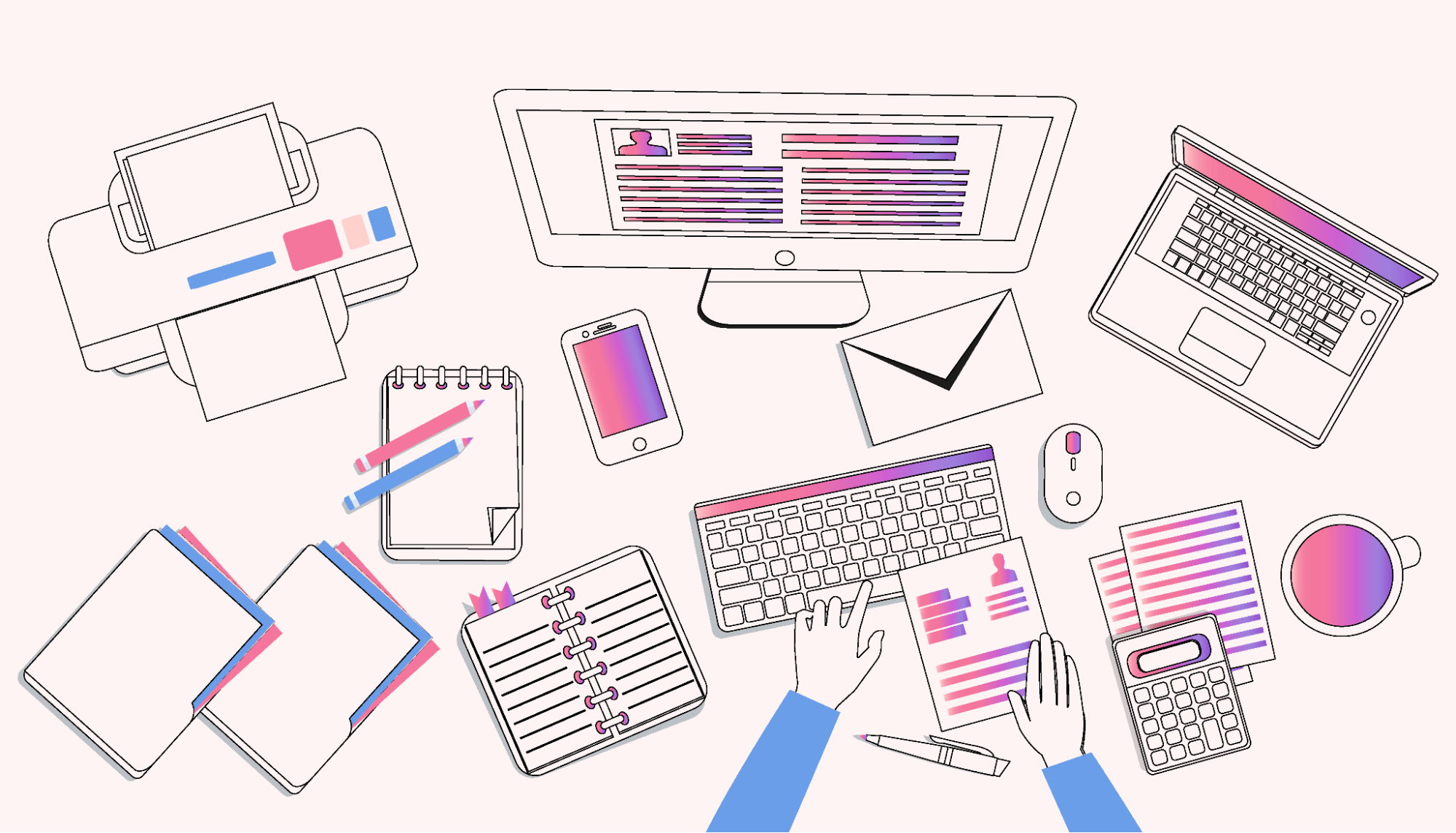 |
Apply the KonMari method
Marie Kondo has made waves in the organization community for several years with her introspective and mindful approach to decluttering — called the KonMari Method. She defines six rules for tidying your home (or office) that make it easy to remove the things you don’t need and organize the things you do.
- Commit to tidying up.
- Visualize your ideal lifestyle.
- Finish discarding first.
- Tidy by category, not location.
- Tidy in the right order.
- Ask if it sparks joy.
The KonMari method is a unique and effective tidying method because it focuses on keeping the most valuable items in terms of function and sentiment. This perspective makes it easier to let go of items that don’t bring you joy or make you love your space.
Keep your desk surface clear
Desks are magnets for clutter and are simultaneously the most important spaces to keep clutter-free. When your work surface is covered with papers, files, gadgets, and stationery, it becomes incredibly easy to get distracted.
To minimize the clutter on your desk, try the following:
- Store all papers, files, and documents in closed cupboards.
- If your desk doesn’t have drawers, use stationery organizers or old jars to keep pens and markers tidy and out of the way.
- Hang pictures and decor rather than standing it on your desk.
- Use floor lamps or sconces for task lighting rather than desk lamps.
- Only place work-related items on your desk.
- Keep a bin nearby so you can throw away junk immediately.
Invest in cable management
Unruly cables are one of those things you don’t realize are affecting you until after you’ve tidied them up. Straightening out your cables helps to remove visual clutter from your work and relaxation spaces.
You can use zip ties, velcro zip ties, or even electrical tape to tame the cables around your desk or television. For lamp cables, use small clips to guide the cables around the edge of the room.
If you use power strips around the house, place them in a ventilated box to hide them from view without posing a fire hazard.
Invest in closed storage
Open shelving may look beautiful, but it isn’t the most functional use of your space. Every item you store on an open shelf automatically becomes a piece of decor — and the space quickly looks untidy.
With closed storage solutions, you don’t have to worry about arranging your files by color or folding your linens into perfect and even squares; you just put your stuff away, close the door, and instantly have a tidy room.
Pro tip: If you can’t install closed storage, hang a curtain in front of your open shelving unit to hide your belongings and make the room feel tidy and organized.
Tidy as you go
To keep your spaces organized, make a habit of cleaning up as you go about your day. When tidying and cleaning is ongoing, you’ll find it easier to stay on top of your spaces and keep them feeling ordered.
Every time you leave a room, try to tidy up one thing.
How to organize your time
Your time is your most valuable resource, and it’s important to be conscious of how you spend it daily. To balance your time between your work and personal life, use the following tips:
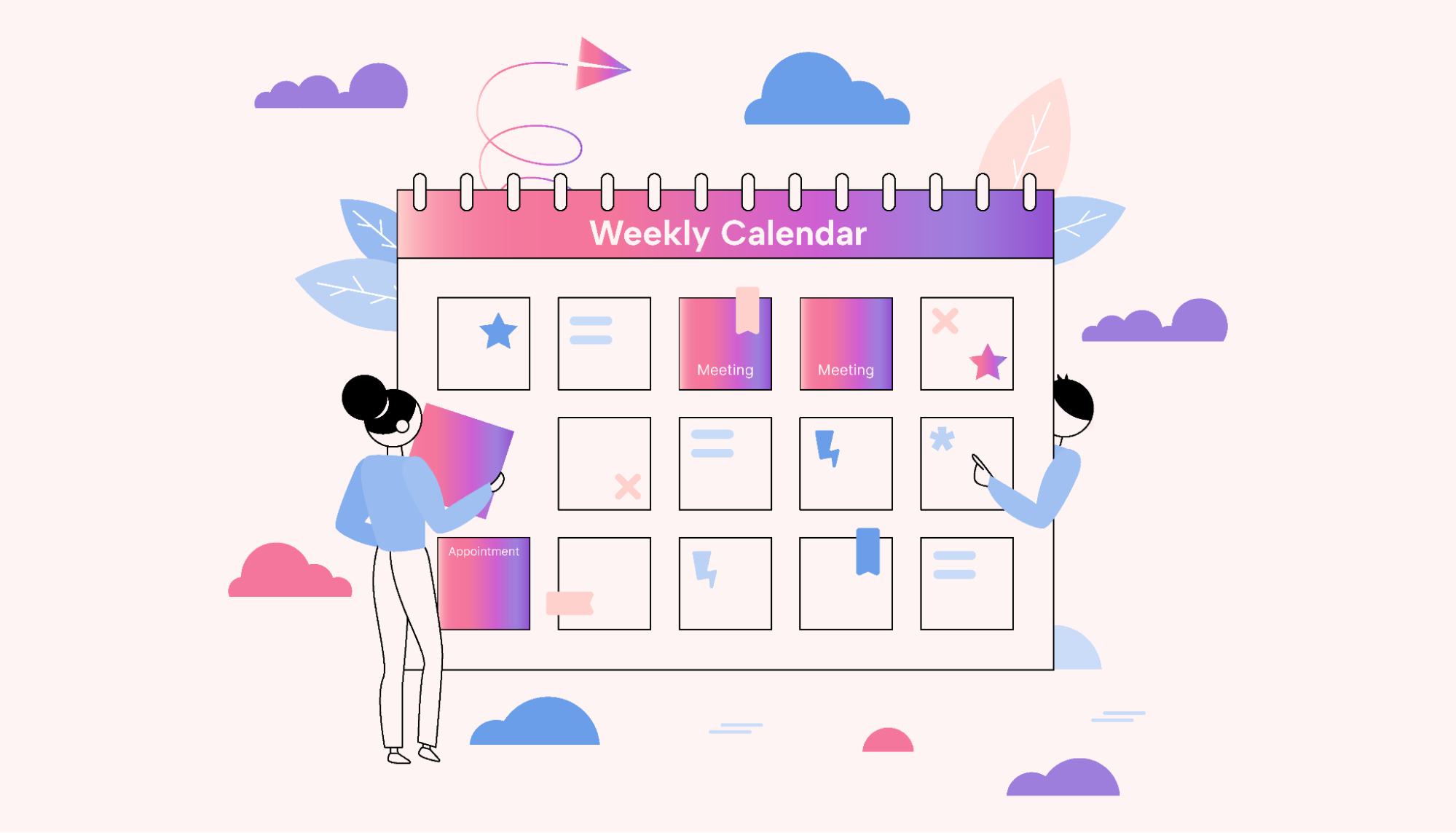 |
Know your priorities
Knowing your priorities is an excellent place to start taking back control of your days if time frequently runs away from you. Using a priority matrix, determine the urgency and importance of work-related tasks and home responsibilities. When you’ve grouped tasks by priority level, it becomes easy to organize your daily schedule.
Knowing your priorities can help you find the right balance between your work and personal life. Remember that your priorities don’t have to be productive to be valuable. You might want to prioritize improving your sleep quality or spending more time with your family.
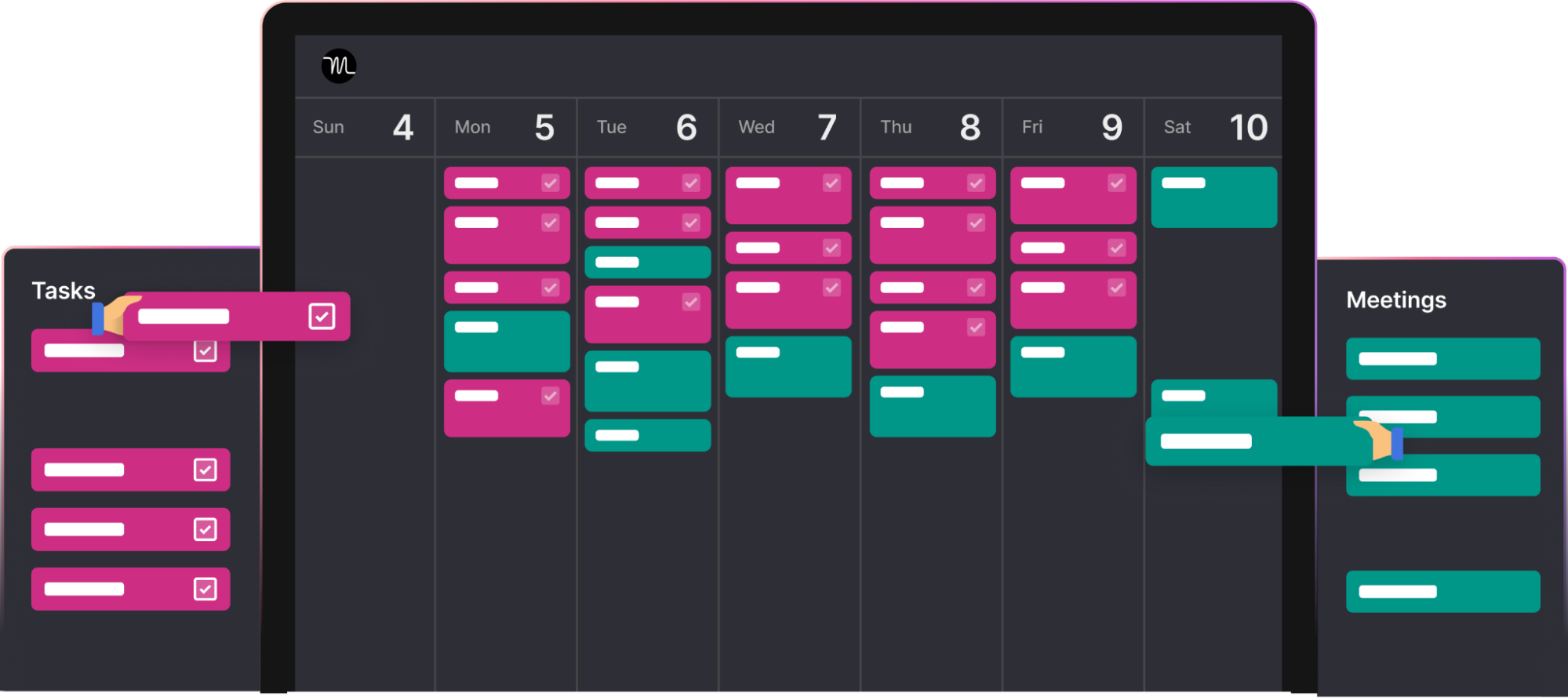 |
Motion’s task manager uses priority levels to organize your schedule, ensuring your most important and urgent tasks can be completed.
Use the time-blocking method
Although it might feel productive, multitasking has its limits. One study found that only a tiny fraction of the population, around 2.5%, can multitask.
The problem with multitasking is that every task uses different areas of your brain, and these areas begin to overlap when you multitask. The more overlaps, the fewer cognitive resources available for each task — and the lower the quality of work you do.
Time blocking is a time management technique where you reserve blocks of time for one task or type of task. This method helps you get tasks done more efficiently because it forces you to focus on one thing at a time and enables you to avoid the trap of multitasking.
Understand time boxing
According to Parkinson’s law, a task’s duration will always expand to fill the available time. If you put aside ten minutes to email your boss, it’s likely to take ten minutes. But if you give yourself two minutes, it’ll only take that long.
Time boxing is a technique that combats the Parkinson’s effect by limiting the amount of time you give yourself to complete a task. Setting time goals for each task creates the incentive to finish the task in the specified time slot.
The trick with time-boxing is to give yourself realistic amounts of time for each task. As you practice using this method, you’ll get better at knowing how long different tasks will take.
Use digital scheduling tools
Digital scheduling tools take the heavy lifting out of organizing your time through automation and digitization. Automation reduces the time it takes you to plan your schedule, while digitization ensures your plan is accessible from anywhere.
Motion’s powerful calendar uses the power of AI to organize your daily to-do list, tasks, and meetings. It automatically reschedules items when last-minute emergencies pop up and alerts you if you’re overscheduled and likely to miss a deadline.
Related: 5 Best Day Planner Apps to Power Up Your Productivity
Reserve time for rest
Forty-two percent of the global workforce has experienced burnout at some point in their careers. To prevent overworking yourself to this degree, it’s essential to take regular breaks and set time aside to do things you find fun or restful.
If you want your organized schedule to be sustainable, reserve your spare time for rest and schedule breaks through your work day. Even five-minute breaks go a long way to helping you feel a sense of control.
How to organize your digital spaces
Forty-nine percent of adults said their attention span has decreased over time. And for many of them, the chaos of their digital spaces is probably to blame.
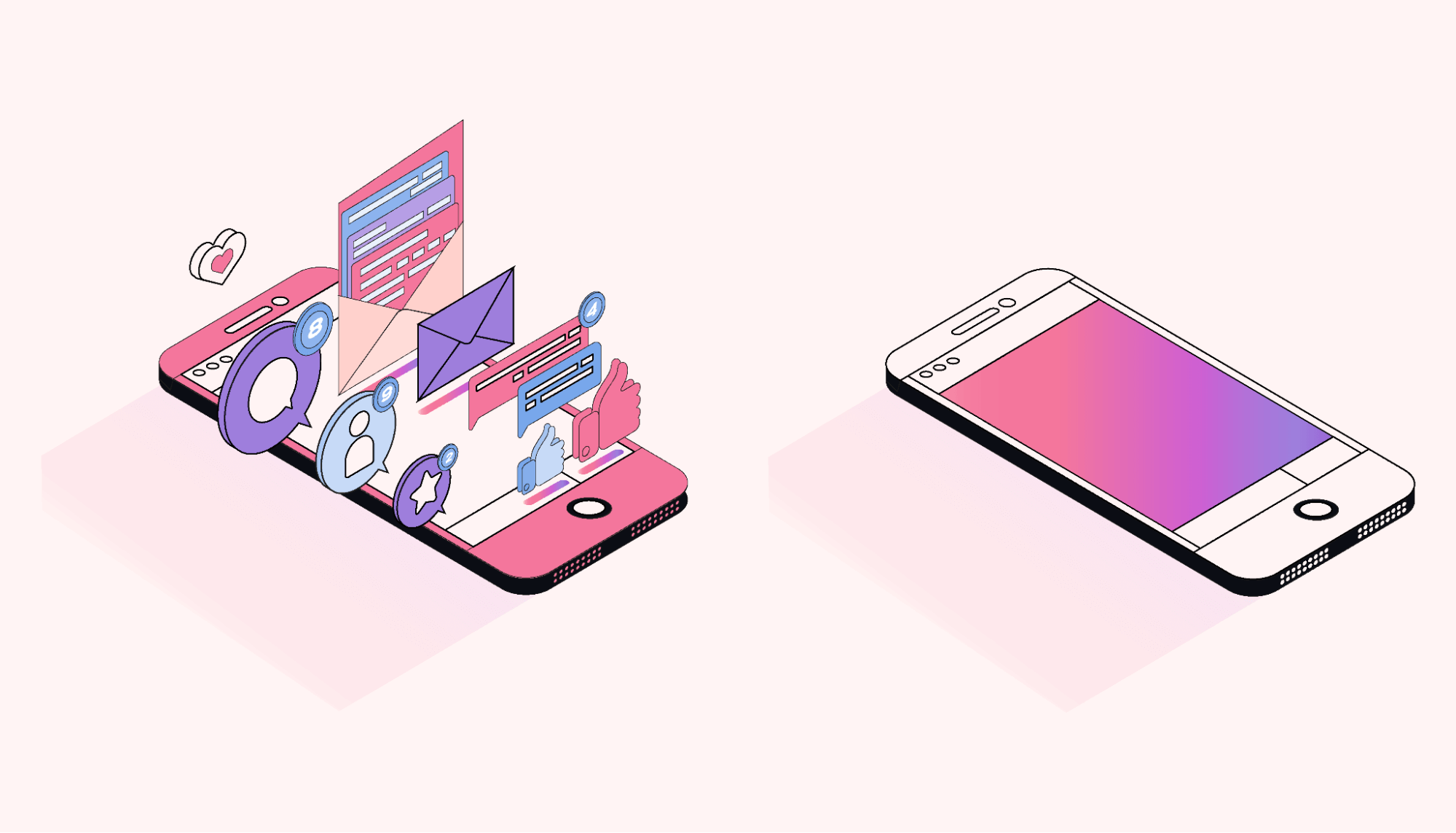 |
You likely spend a lot of your time interacting with your digital spaces, so it only makes sense to organize these spaces.
Tidy your desktop
Your computer desktop is the first thing you see when you sit down to work. Organizing this digital space lets you start your workday from a calm place.
To clean up your desktop, try the following:
- Limit the number of pinned apps or shortcuts to apps you use every day.
- Group apps and documents into folders of similar items.
- Use a simple and calm background image.
- Switch to digital note-taking rather than using sticky notes.
Declutter your digital files
Delete unwanted, unused, and unnecessary files from your computer and phone. If you aren’t sure where to start, tackle your downloads folder first because it’s the place where digital clutter builds up the fastest.
Other digital clutter you can get rid of include:
- Duplicates and multiples
- Old versions of work projects
- Anything older than two years that doesn’t hold sentimental or functional value
- Apps you don’t use
Pro tip: While running through your digital spaces, take a few extra moments and backup the files you are keeping.
Set time limits for app usage
To take control of your digital spaces, it’s also worth limiting your time on certain apps.
Most smartphones have a “digital balance” feature that allows you to track your app usage and set time limits for each app. If you notice a pattern of spending too much time on a certain app, consider deleting it entirely to take control of your usage.
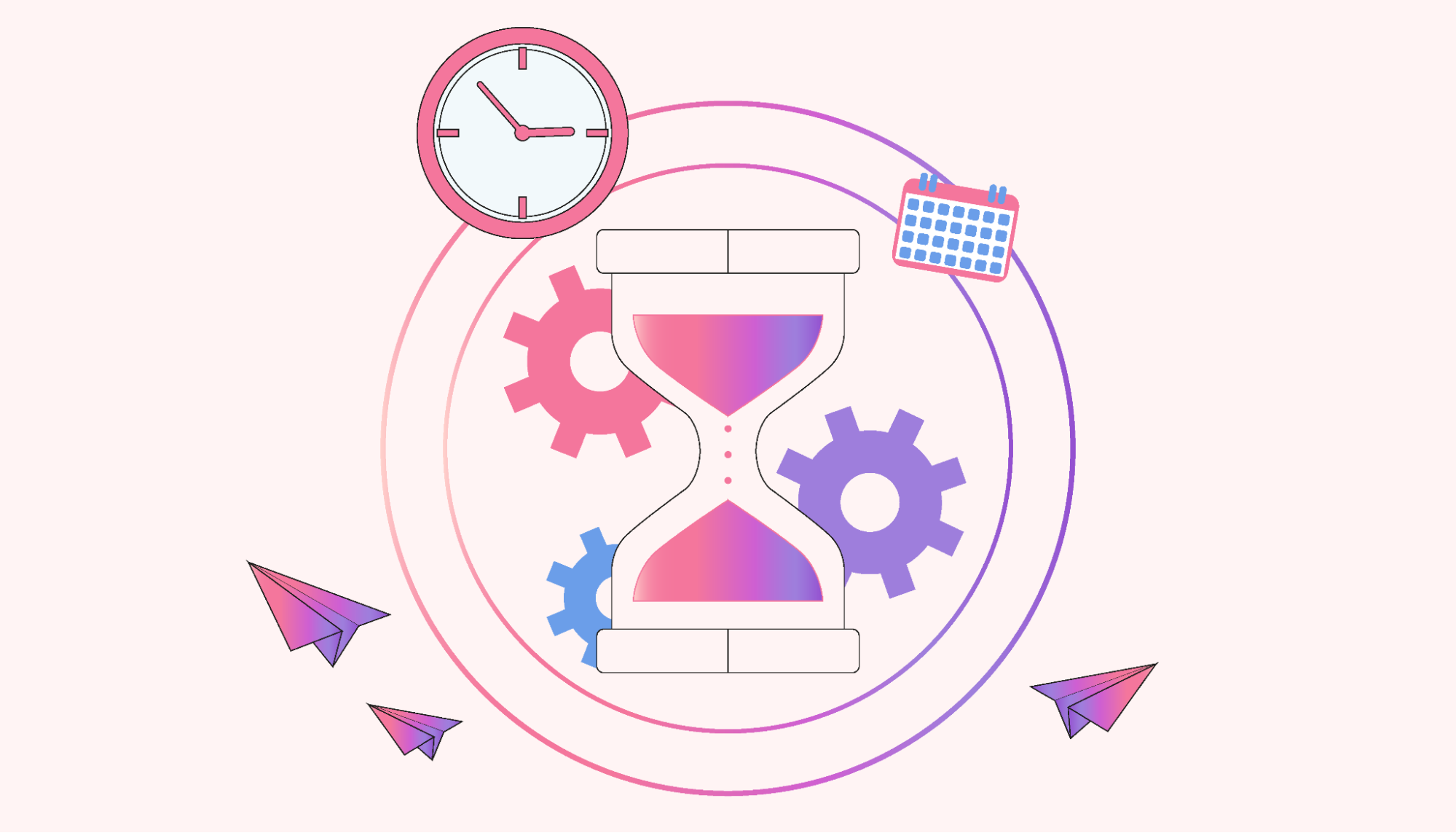 |
Motion’s app has an anti-self-destruction feature that helps you stay productive and on track. It’ll gently guide you away from apps that distract you during work hours.
Clean out your email inbox
If your email inbox stresses you out, it’s time to take action.
Inbox Zero is an email management strategy where you aim to keep your email inbox at zero, or as close to zero as possible, at all times. The theory is that by decluttering your inbox, you help declutter your mind, too.
To make it easier to keep your email inbox clutter-free, unsubscribe from unwanted promotions, unnecessary app notifications, or subscriptions you aren’t interested in.
Consolidate your apps
Do you have multiple apps that do the same thing? If so, they could be contributing to your feelings of clutter and disorganization. Consolidate your apps so you use the minimum number of apps possible for each purpose.
For example, only use one music app instead of using Spotify, Apple Music, and YouTube Music.
When you have fewer apps, you have less to organize (and pay for).
Clean up your planning with Motion
Getting and staying organized isn’t difficult when you tackle it methodically. Even if you’re a naturally disorganized person, the above organizing tips will help you transform your habits and create a life that feels orderly and manageable.
If you’re looking for the ultimate digital tool to help you organize your time, Motion is the perfect solution for you.
Motion’s powerful calendar automatically constructs a schedule for you daily, organizing tasks, meetings, and deadlines on your behalf. With Motion, you can say goodbye to hours spent shuffling your calendar and welcome an extra two hours daily.
Ready to get started? Try out Motion for free.





